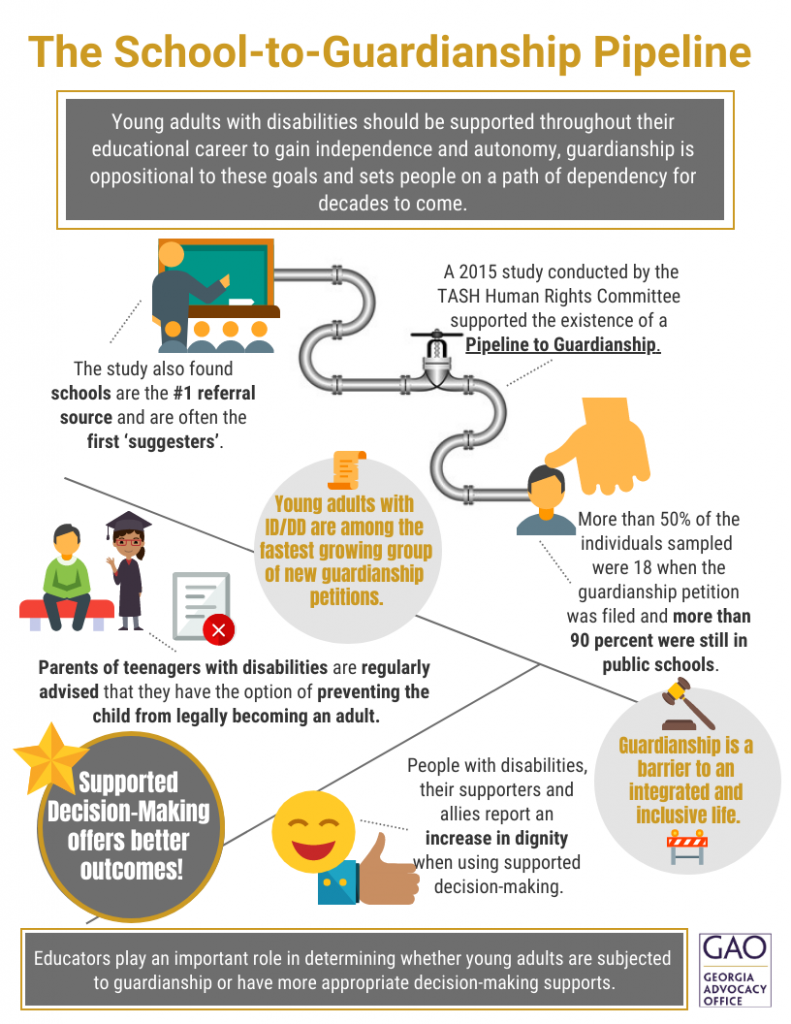It’s important to recognize that decision making is a life skill that many assume children learn naturally as they grow up. However, for students with disabilities, learning how to make decisions and be independent may not develop those skills in the ways we expect. Because of that misunderstanding, many come to the often-false idea that people with disabilities simply don’t have what it takes to make decisions about their lives. When in reality, decision making is a skill that often requires direct instruction and hands-on experience for those with a disability. This is where you, as an educator, can make a significant impact by integrating SDM into your teaching practices.
In the school setting, SDM can be a game-changer in helping students become more independent and preparing them for life after graduation. When students are actively involved in making decisions, they become more engaged, motivated, and invested in their education. They learn valuable skills such as problem-solving, critical thinking, and taking responsibility for their choices. Keep in mind that SDM is a flexible framework that can be adapted to fit the unique strengths and needs of each student. By collaborating with your students, you can help them identify their goals, explore options, and make decisions that align with their dreams and aspirations.
If want to learn more about the roles and principles of Supportive Decision Making, please take a look at our two previous toolkits:
Toolkit 1: Decision Maker – This toolkit is designed specifically for the person making the decisions, whom is refer to as the “Decision Maker.” It covers the basic principles and skills needed for effective decision making and includes activities and resources that introduce the main concepts of SDM.
Toolkit 2: Supporter – This toolkit goes over the roles, responsibilities, and expectations of a Supporter. Supporters people close to the Decision Maker who agree to be in their Circle of Support. There they help the Decision Maker think through options, gather information, and provide them advice and insight – all while allowing for the Decision Maker to have the final say.


 For a young adult with a disability in the school system, one of the biggest questions parents and caregivers have is – “When they turn 18 and leave school, how can I continue to look out for them?”
For a young adult with a disability in the school system, one of the biggest questions parents and caregivers have is – “When they turn 18 and leave school, how can I continue to look out for them?”